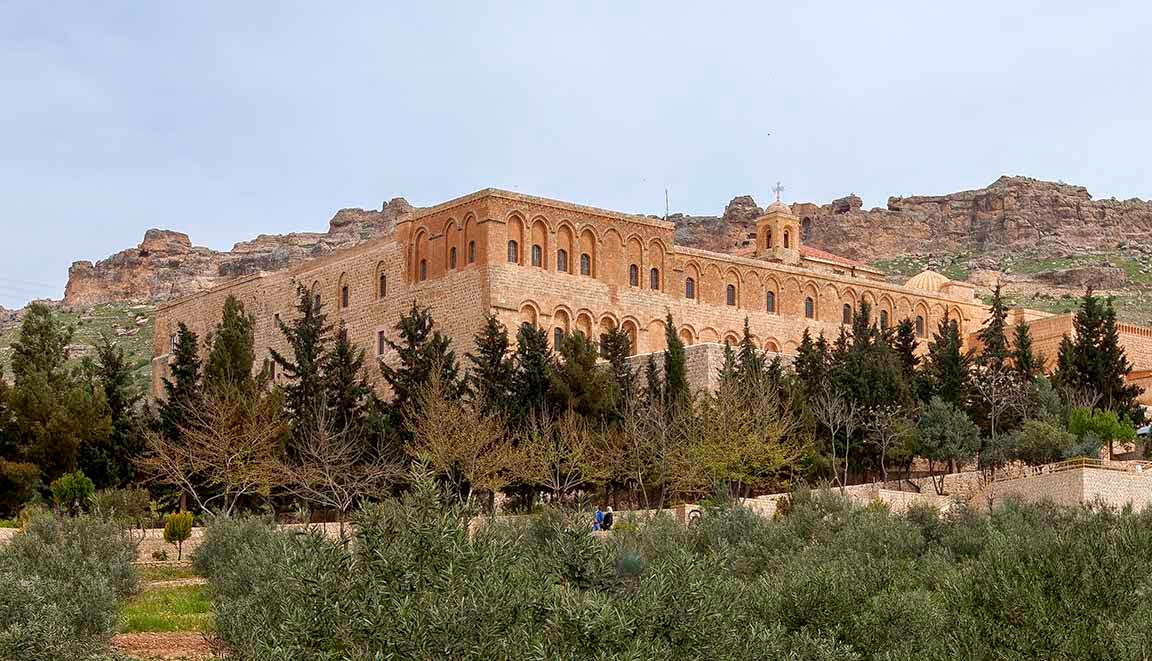Italy | Venice | We Crociferi
I had intended to stay in Venice only three days, but once I was there I thought, what the heck, I am here, why rush off? I soon discovered, however, that the guesthouse where I was staying was all booked up and I could not keep my room any longer. Actually, after three days I was already tired of the place. It was located on an extremely quiet five-foot wide passageway, but this passageway opened out onto a busy shopping street lined with very upscale brand-name stores and white-tablecloth restaurants. There were no grocery stores or bakeries in the area and even the stand-at-the-counter coffee shops seemed expensive compared to other neighborhoods. While searching booking.com for new accommodations I noticed a place called We Crociferi in the Cannaregio district of Venice. The photo showed a huge white building in front on a long, narrow square. I realized I had walked by this building many times without realizing what it was. Apparently the building was an old monastery which had been refurbished and turned into a hotel. Sounded interesting, so I checked into this place.
We Crociferi on the right side of the square. Left of center is the entrance to the Church of the Gesuiti (Jesuits). (My photo; click on photos for enlargements.)
Church of the Gesuiti
Courtyard of the We Crociferi
Another view of the courtyard of the We Crociferi
Stairwells in the hotel; definitely a minimalist vibe
Cafe in the hotel—more minimalism
The rooms were austere, but had great work desks and lights. Actually the rooms were originally designed as student digs.
The hotel was located just a few hundred feet from the Fondamente Nuove, a broad waterfront walkway along the northern lagoon. The water-buses for the airport, the outlying islands, and other districts of the city all stop along the Fondamente Nove. Despite the hubbub on Fondamente Nuove the neighborhood is residential and surprising quiet. Just down the street from the square was a small grocery, obviously catering to locals, that had a good selection of cold cuts (a dozen or so different kinds of ham, salami, etc., a dozen or more kinds of cheese, and various fixings, plus fresh bread and rolls. A bit further on was a fruit and vegetable market with tangerines for one Euro a kilo and, thank goodness, pomegranates (I guess one could live without pomegranates but who would want to?).
A couple of more doors down was an even better find—a bulk wine store. The wine comes from huge glass jugs behind the counter. You bring your own bottle (used plastic water bottles are fine) or buy a plastic bottle for €.40 (42 cents US). The proprietor then siphons the wine into your bottle. A liter (1.05 quart) of Cabernet Franc costs €2.40 ($2.54); a liter of Pinot Noir €2.10. This, keep in mind, is in a city where a small glass of wine in even a scuzzy cantina costs four or five Euros, and you may have to stand to drink it; if you want to sit down it might cost six or seven Euros, and possibly even more in ritzier joints. And where even a lousy mug of watery beer costs three or four Euros, and that’s assuming you want to associate with low-life beer drinkers. So the bulk wine is an incredible bargain in this notoriously expensive city. While I was there numerous neighborhood housewives were lining up for their daily liter. Wine is not a luxury for these people; it is a staple like bread or cornmeal. In the Venice of old even galley slaves got a daily ration of wine. Assured of provisions I settled into the We Crociferi.
A couple of more doors down was an even better find—a bulk wine store. The wine comes from huge glass jugs behind the counter. You bring your own bottle (used plastic water bottles are fine) or buy a plastic bottle for €.40 (42 cents US). The proprietor then siphons the wine into your bottle. A liter (1.05 quart) of Cabernet Franc costs €2.40 ($2.54); a liter of Pinot Noir €2.10. This, keep in mind, is in a city where a small glass of wine in even a scuzzy cantina costs four or five Euros, and you may have to stand to drink it; if you want to sit down it might cost six or seven Euros, and possibly even more in ritzier joints. And where even a lousy mug of watery beer costs three or four Euros, and that’s assuming you want to associate with low-life beer drinkers. So the bulk wine is an incredible bargain in this notoriously expensive city. While I was there numerous neighborhood housewives were lining up for their daily liter. Wine is not a luxury for these people; it is a staple like bread or cornmeal. In the Venice of old even galley slaves got a daily ration of wine. Assured of provisions I settled into the We Crociferi.









